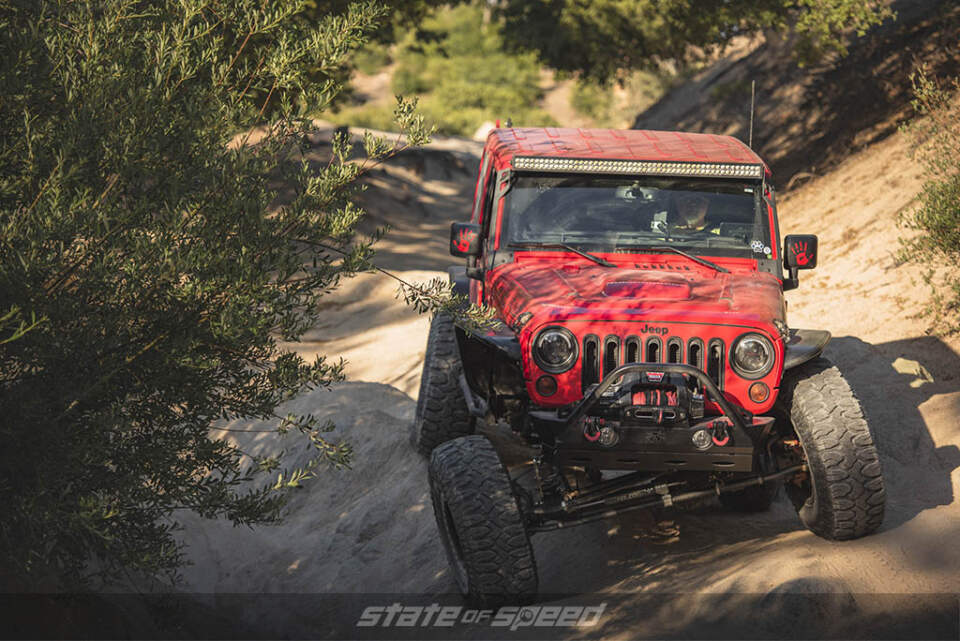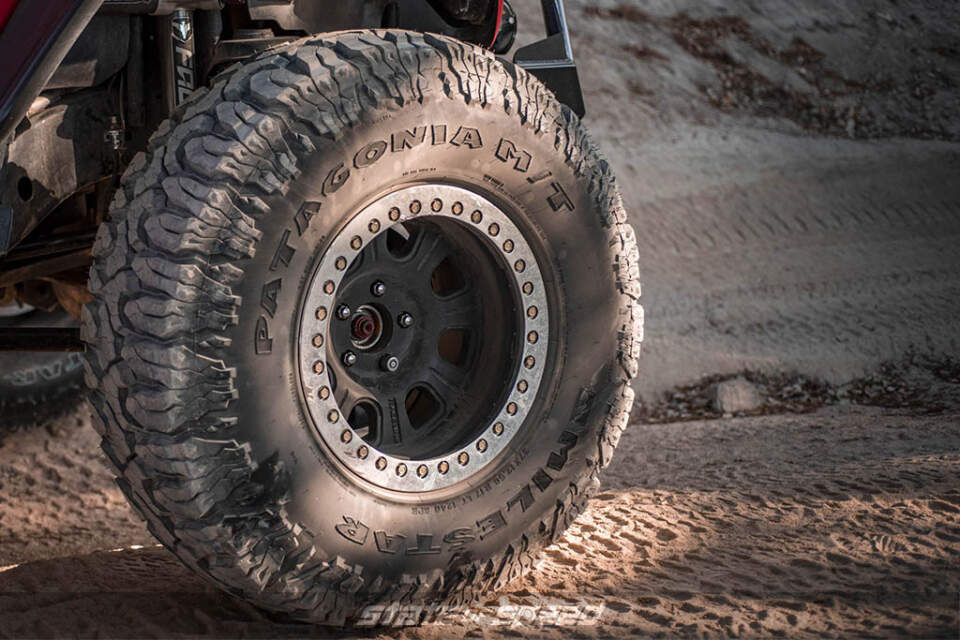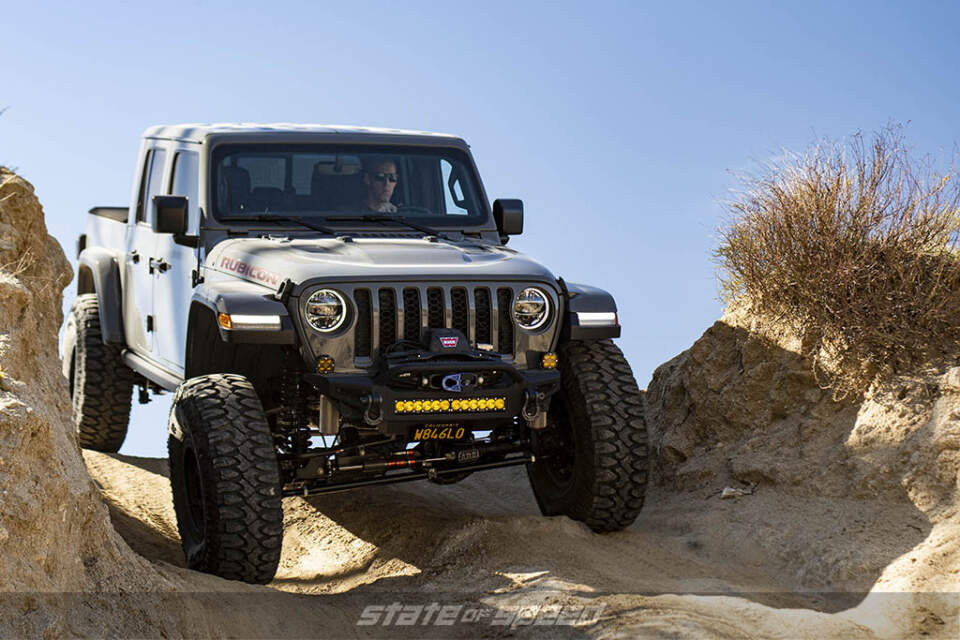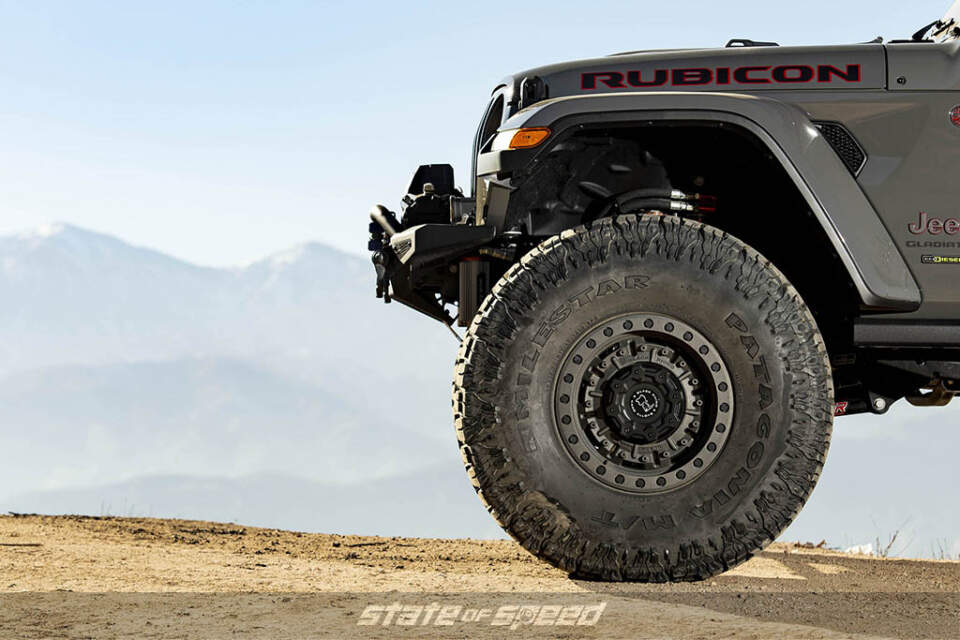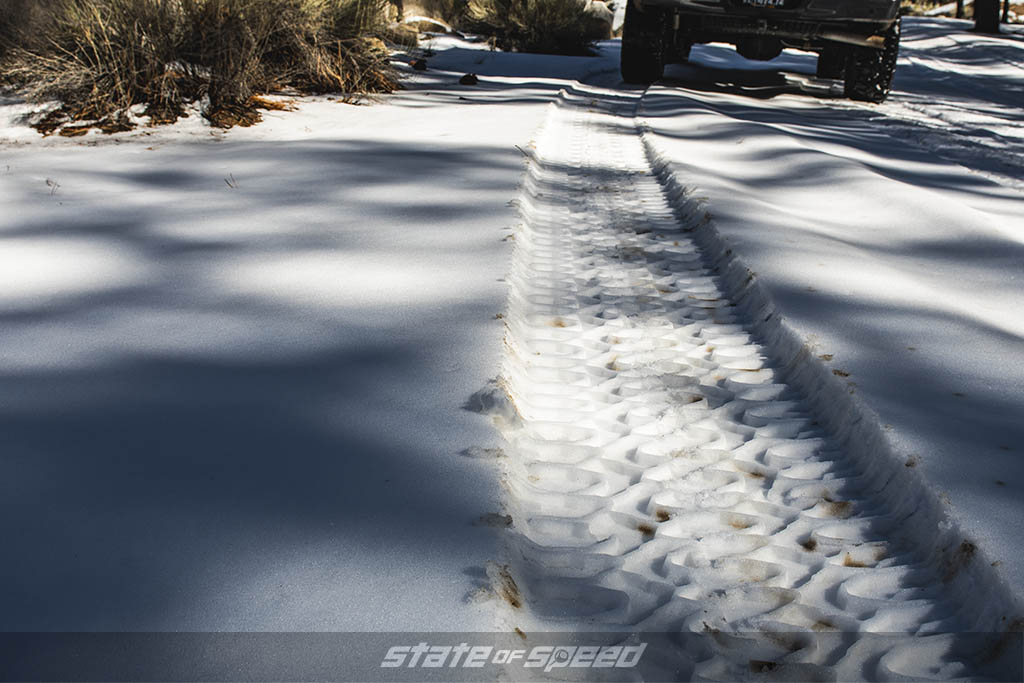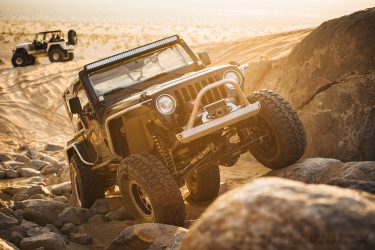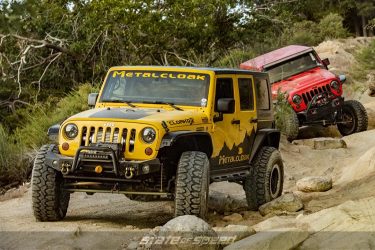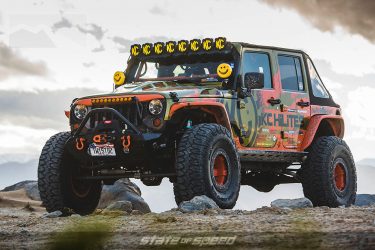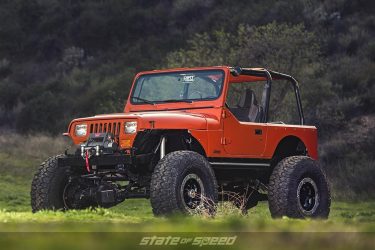A Definitive Guide To 37, 38, And 40 Inch Tires
The number one question from 4×4 owners is what size tire fits on my rig. Designers used to leave some room in the wheel wells of most trucks; if you have an older model you can probably go up in size with just a little sheet metal trimming. On a 1990’s Ford F series for instance, 37’s will fit with no trimming needed. On newer vehicles they closed things up in order to provide better aerodynamics (less turbulence), around the wheel wells. This limits how large a tire you can run without a lift, or sheet metal trimming, and cut-out fender flares. Since it now takes much more effort to run bigger tires, why do so many truck owners run them, and what’s the difference between 37’s, or 38’s, and even 40 inch tires? For many people, they say the bigger the better.
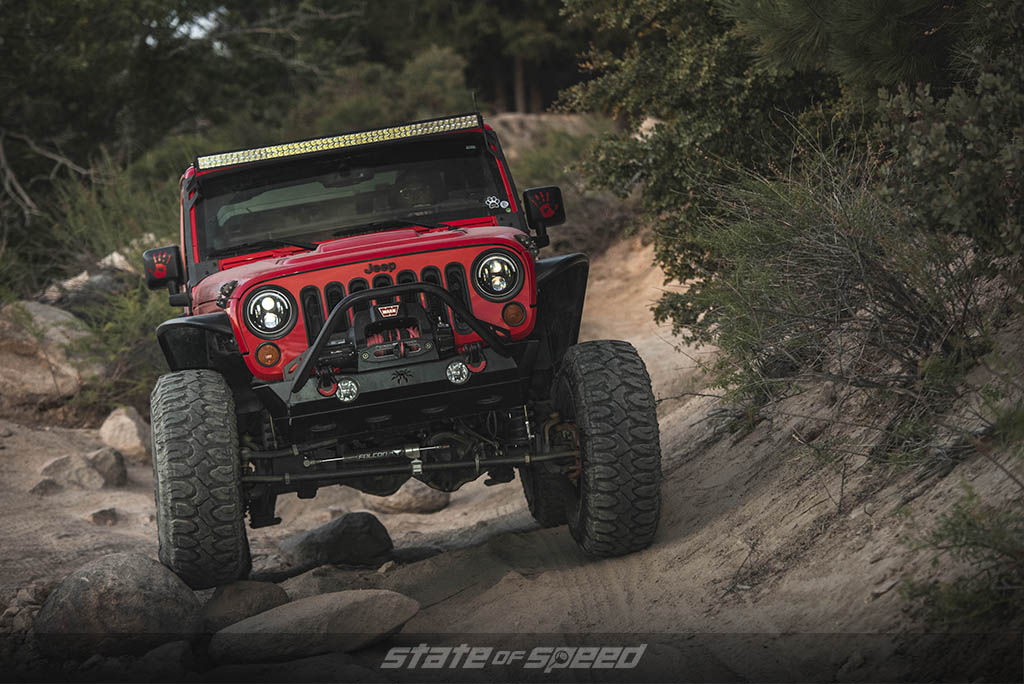
Tires: Milestar Patagonia M/T 37X12.50R17LT
Looks aside, your tires are the only thing between you and the ground — if you’re doing it right.
Most of us who modify our vehicles are concerned with function, but we also care about aesthetics. You wouldn’t purchase an expensive truck if you didn’t care about how it looks. There are also many who fall into the category of “form follows function,” who don’t necessarily prefer shiny paint, and chrome. These people still want their truck to look like it performs. Nobody wants to drive a silly looking truck, or one that looks like a pile. I’m not talking about patina. It shows that the vehicle is weathered, and probably has a few stories to tell. Patina is cool, but rusted out garbage is not. Despite which camp you fall into, when you see big tires on a 4×4, it makes the truck look amazing, and capable at the same time. You picture it climbing over rocks, and ruts, or anything else for that matter.
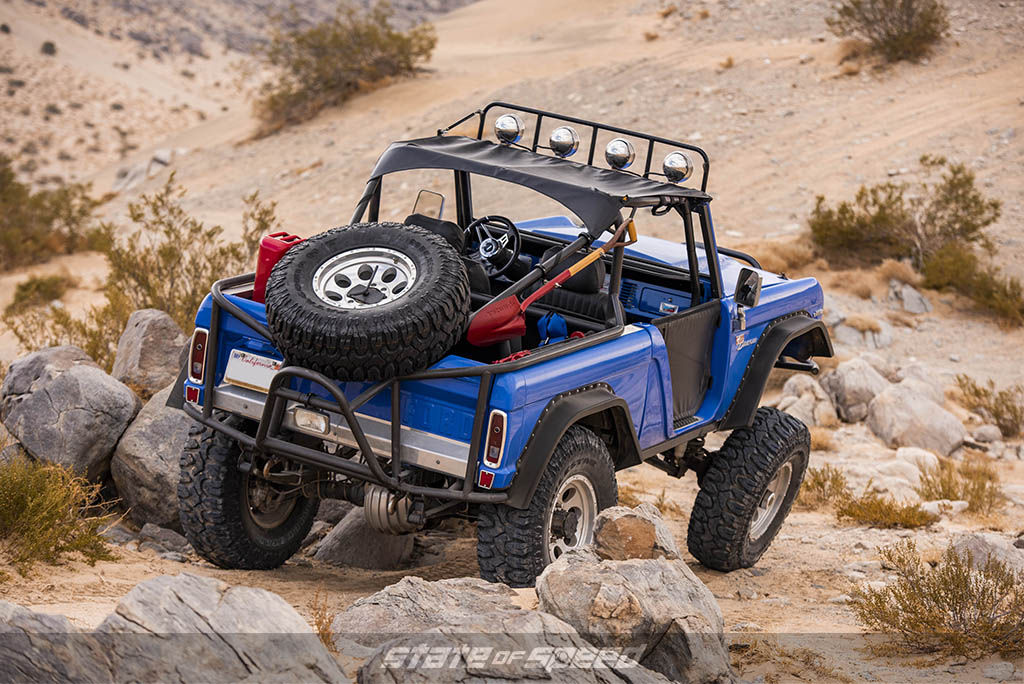
Tires: Milestar Patagonia M/T 37X12.50R17LT
Looks aside, your tires are the only thing between you and the ground — if you’re doing it right. Your tires might provide the appearance you’re after, but they are also vitally important to how your vehicle performs. Traction gets you through all types of terrain; mud, sand, snow, etc., but it’s also very important for stopping and steering. I’m sure some have been in the situation where you are hard on the throttle with the wheels turned, but the truck just goes straight. This can be anything from an annoyance, to a life threatening occurrence. All of a sudden, stopping becomes the number one priority. The bottom line is that your tires are important, and there are several reasons why bigger tires are better.
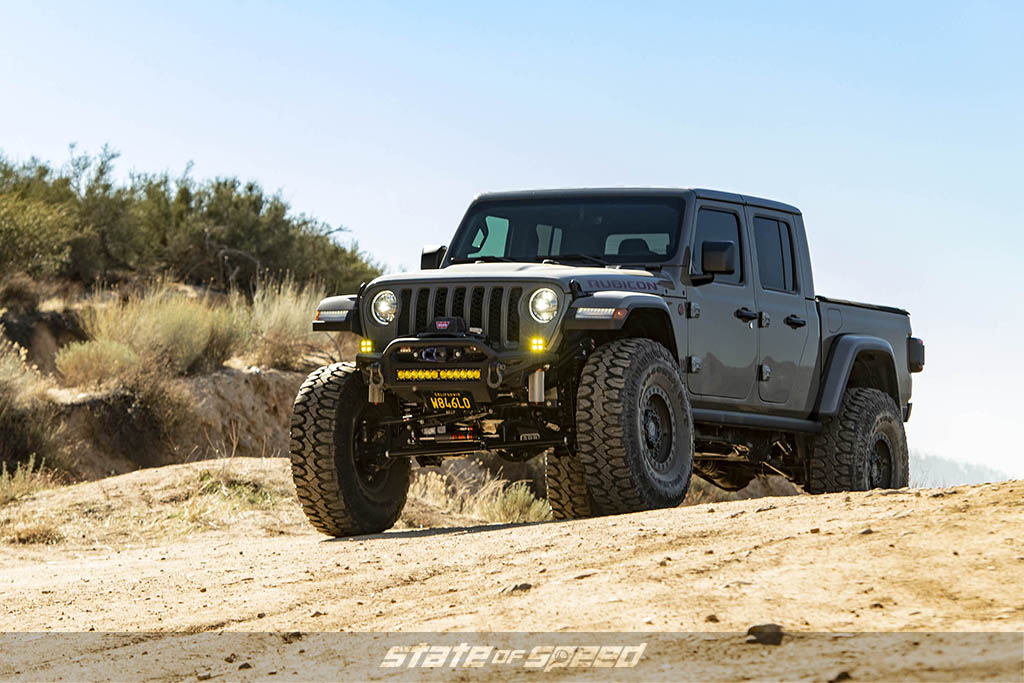
Tires: Milestar Patagonia M/T 40X13.50R17LT
It doesn’t matter how high the body is if your differential cover is excavating a trench.
First let’s talk about minimum ground clearance. The word minimum is important here. You can jack your truck up with 12 inches of lift if you want. That will get the body and frame high enough off the ground to clear a lot of obstacles. The problem is that the minimum ground clearance is between the differentials, and the ground. It doesn’t matter how high the body is if your differential cover is excavating a trench.
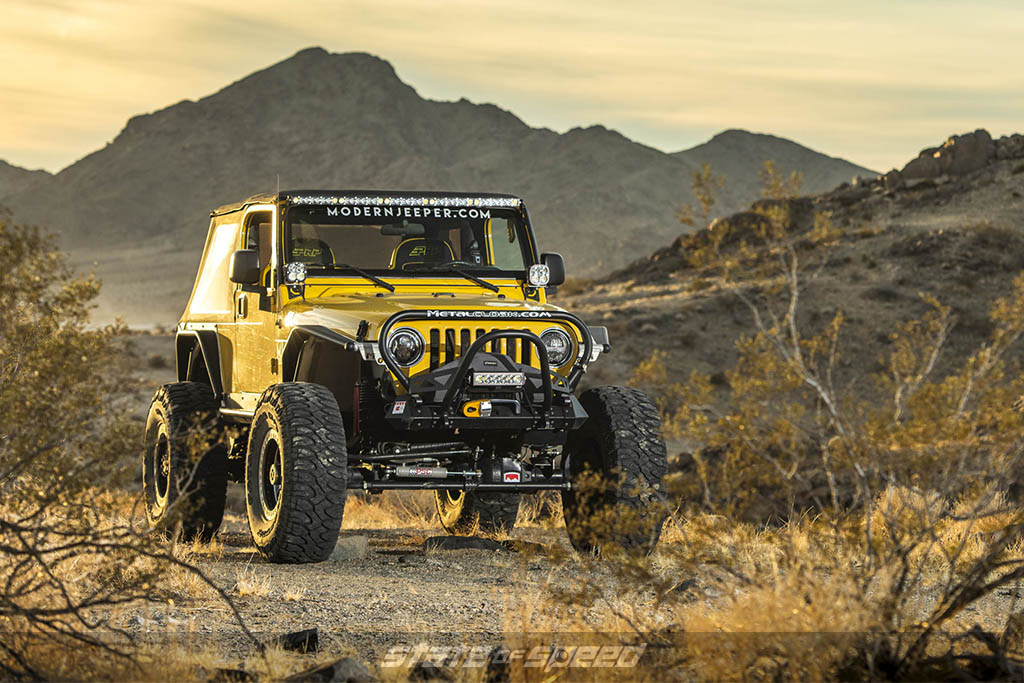
Tires: Milestar Patagonia M/T 38X13.50R17LT
Eventually you will get hung up on something or high centered on the diff. If you are running independent suspension with four wheel drive you may have more ground clearance at the pumpkin, but your a-arms, traction beams, or uprights are still going to be in harm’s way. There are only 2 solutions for increasing the minimum ground clearance on your vehicle; running exotic planetary, or portal gears on each wheel, or taller tires.
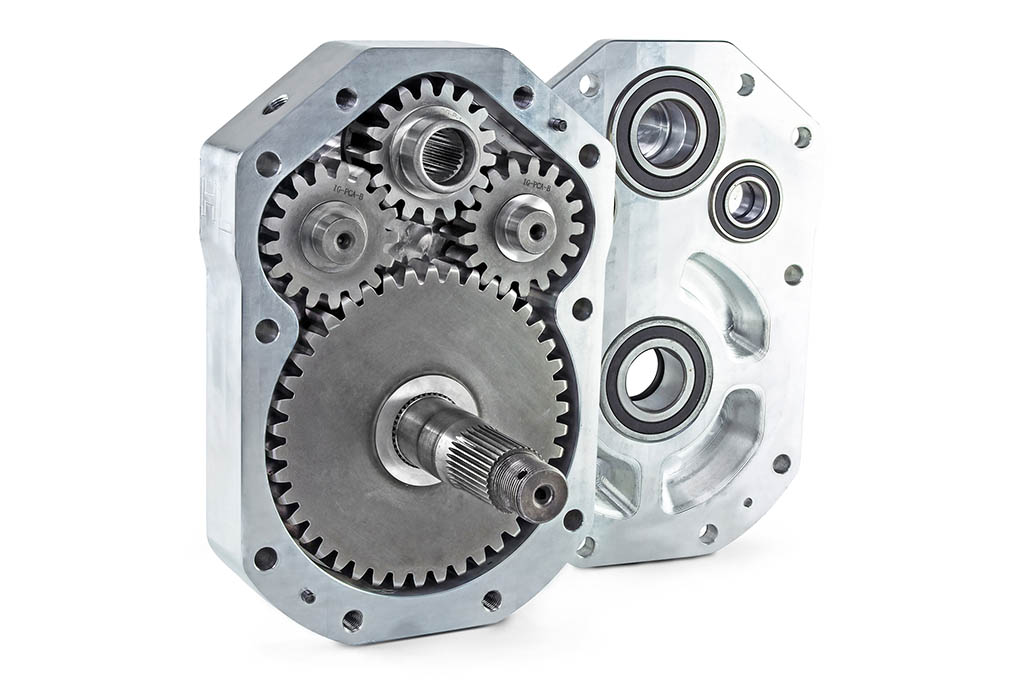
Taller tires are the easier solution. Planetary gears attach to the housing ends on a straight axle, or are built into the suspension upright or spindle on an a-arm type suspension. You can gain several inches of minimum ground clearance this way but it causes other problems like a redesign of your steering linkage. They can also cause severe axle wrap on leaf spring suspensions. I’m not trying to dissuade you from going this route because portals are very cool, and functional, but you better have deep pockets, or your own machine shop and cad design program in order for it to be feasible. Just buy the taller tires.
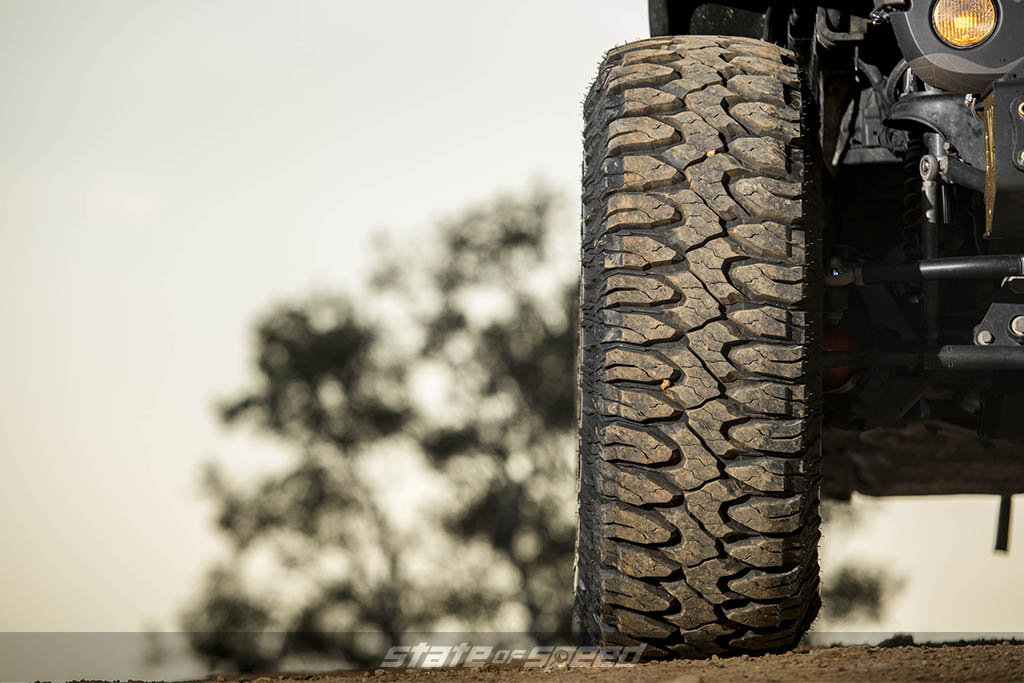
Tires: Milestar Patagonia M/T 38X13.50R17LT
There is also one other benefit of larger diameter tires, and that’s contact patch. The contact patch is the amount of tire rubber making contact with the ground. As the tire gets bigger in diameter, the contact patch grows. This has nothing to do with tire width; it’s more a product of circumference. The wider the tire, the greater the contact patch is in a let’s say east, west direction. The bigger diameter tire you have, the bigger the contact patch is in a north, south direction; or front to back if you’re looking at your rig. If your truck came with 31 inch tires from the factory, and you made the necessary changes to run 37’s, your contact patch would grow proportionately. Even more with a 40 inch tire. When you also increase the width, your performance can increase substantially. That means steering, and braking are also enhanced.
Now you might suspect that there is a down side to running bigger rubber, and you would be right. You only need to know Newton’s Third Law of Motion to figure out that for every action there is an equal and opposite reaction. Pushing those bigger tires down the road will negatively affect your fuel mileage. It will also require more torque to turn them. This creates a chain reaction that may have you modifying your entire drive line.
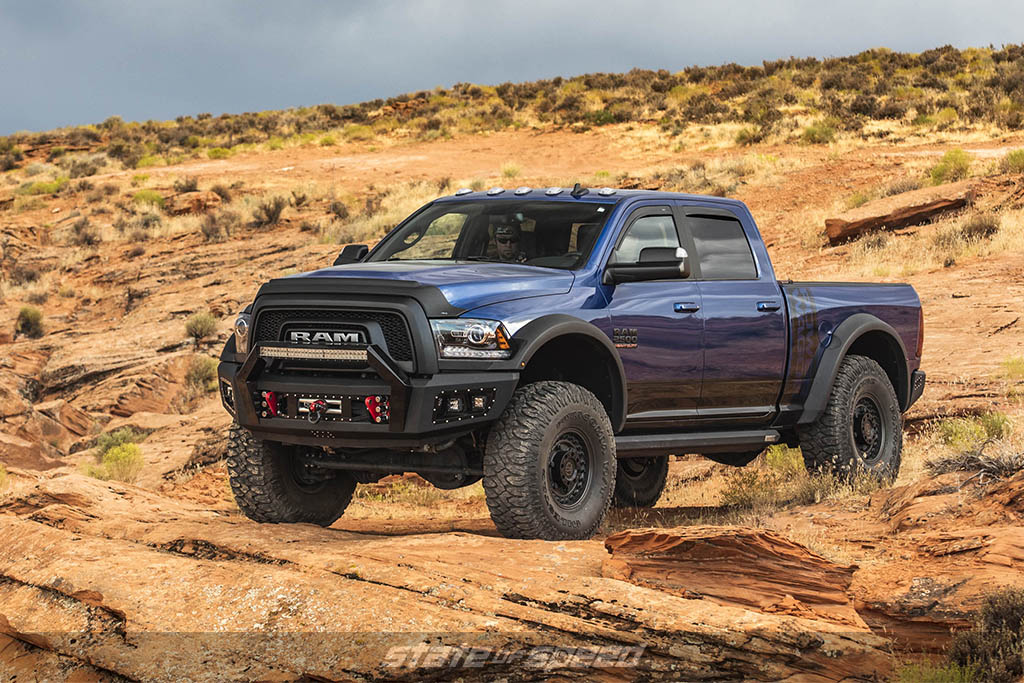
Tires: Milestar Patagonia M/T 40X13.50R17LT
Axles, CV joints, drive shafts, gear sets, even your automatic transmission or clutch, if you have a manual gearbox, might have to be upgraded. But wait, there’s more. Once the outside diameter of your tires has increased, your brakes might not be up to the task. The greater circumference has to be taken into account. All the gains in braking control from an increase in contact patch might be negated if your brakes can’t stop you. Last but not least, you turning radius will also increase. That gets you closer to the edge of the trail when you’re doing a 3 point turn with no brakes.
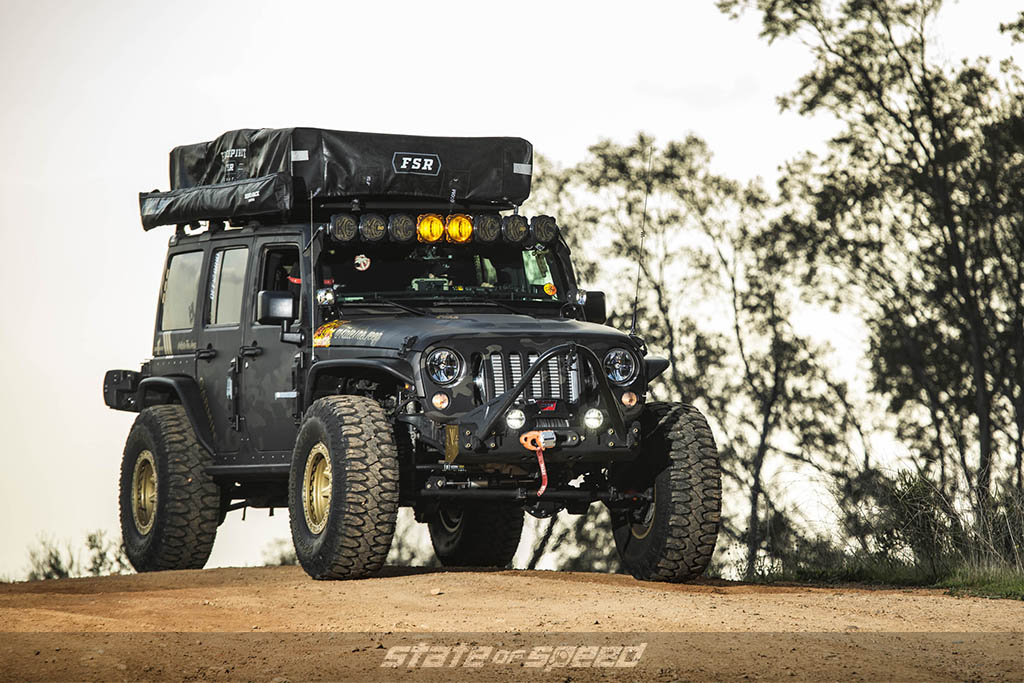
Tires: Milestar Patagonia M/T 38X13.50R17LT
Before you freak out and give up on running 37 or 40 inch tires, just know that there are solutions to all the down sides. Your axles may hold up fine to bigger rubber. You may be able to do a gear swap in your differentials to bring your final drive ratio back to what it was. Bigger brakes are almost always a great enhancement to any rig. The bottom line is that 37, 38, or 40 inch tires are worth an investment in your rig to run them. They will take you places that people with smaller tires may never get to. Your rig will be much more capable when the terrain gets challenging.


